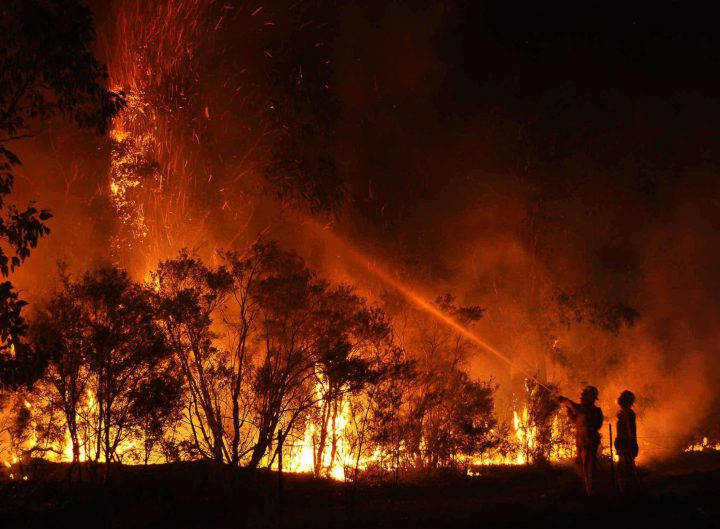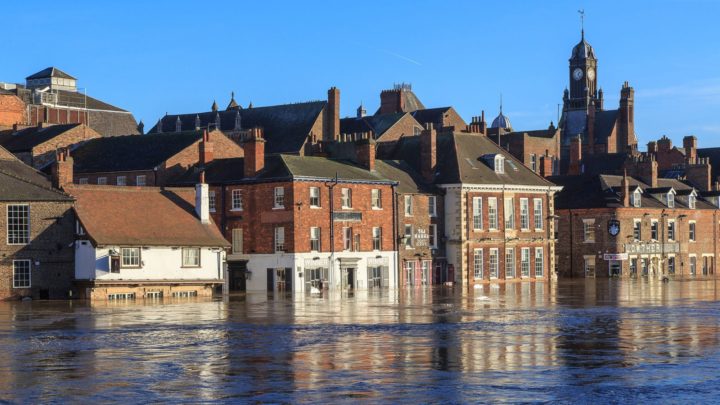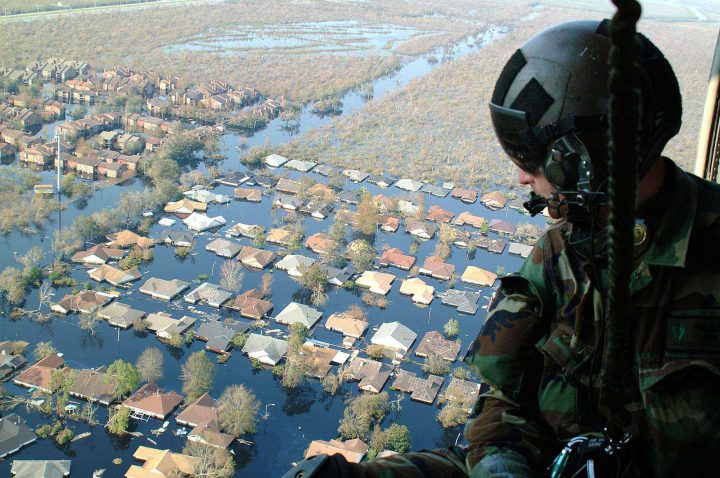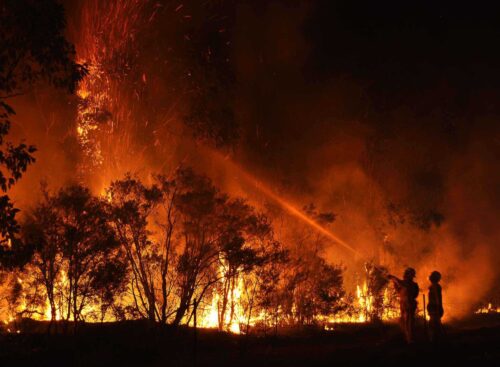Net zero: why 1.5ºC?
Science is fast generating evidence to show the lower risks associated with the tougher Paris Agreement target

By Richard Black
@_richardblackShare
Last updated:
Adoption of the 2015 Paris Agreement has spurred scientists and economists to investigate the benefits of holding global warming at the 1.5ºC level in terms of reduced impacts, as compared with the previous target of 2ºC.
In general, science concludes that damaging impacts increase with the extent of global warming. However, the increase is not necessarily linear; doubling the temperature rise may more than double the scale of a given impact. In addition, higher levels of warming raise the risk of passing ‘tipping-points’ which can either lead to irreversible impacts or amplification of climate change.

The extent of warming in countries and regions can be a lot more than the global average. For example, global warming of 2ºC is projected to increase the warmest temperatures in the Mediterranean by 3ºC, and the coldest Arctic temperatures by 5.5ºC. The 1.5ºC goal also implies a slower rate of warming, which would give societies and nature more time to adapt.
Weather
Scientists expect to see more extremes of temperature at 2ºC of global warming than at 1.5ºC – for longer periods, more frequently, and with higher peaks. Three times more people are likely to be exposed regularly (at least once every five years) to severe heatwaves at 2ºC than at 1.5ºC (14% vs 39%); delivering the 1.5ºC target would mean that 1.7bn fewer people are exposed.
In Europe, summers as hot as 2003, which brought tens of thousands of excess deaths, are expected to occur three years in five under 2ºC of warming, two years in five at 1.5ºC. For central England, the hottest summers seen so far are expected to happen every third year at 1.5ºC, every second year at 2ºC.
In general, climate change is expected to increase incidence of heavy rainfall. Incidence is forecast to be significantly higher at 2ºC than at 1.5ºC in countries around the Arctic and at high altitude. By contrast, limiting warming to 1.5ºC is forecast to bring droughts of lower severity to the Mediterranean and North Africa than would occur at 2ºC. In the UK, the maximum amount of rain falling in one day is projected to be higher at 2ºC than at 1.5ºC, implying a higher risk of flooding.

Climate change is known to have increased the likelihood of many individual extreme weather events including the 2018 Northern European heatwave, 2017’s Hurricane Harvey and the 2015 storms in Cumbria. In general, higher rates of global warming would be expected to drive a higher increase in extreme weather events, though this has not been quantified.
Ocean
Limiting global warming to 1.5ºC rather than 2ºC is projected to result in about 10cm less of sea-level rise by the end of the century. That would mean that in 2100, 10 million fewer people would be at risk of coastal flooding from extreme sea level events under 1.5ºC of warming as compared with 2ºC. The lower target also reduces the risk that either the Greenland or West Antarctic ice sheet will be destabilised, leading to sea-level rise of several metres. The global warming threshold for triggering runaway melting is not known precisely, but one credible estimate for Greenland is 1.6ºC.
The extent of ocean acidification and de-oxygenation are also expected to be lower at 1.5ºC than at 2ºC, though this has not been precisely quantified. This would be expected to reduce impacts on ocean life.
Food, water and health
Keeping global warming to 1.5ºC is forecast to result in about half as many people facing water scarcity as at 2ºC. The number of people exposed to severe levels of heat in Southern Asia and Eastern Africa is forecast to increase by a factor of 4 at 1.5ºC of global warming, and a factor of 16 at 2ºC.
Globally, yields of major crops are likely to decline with increasing temperature – 6% per degree Celsius for wheat, 7.4% for maize, smaller amounts for rice and soybean – indicating greater food security at 1.5ºC than at 2ºC. Adaptation, including by genetically engineering new crop strains, might compensate for yield falls. Reduced changes in the ocean are expected to pose a lower risk to fisheries.
Nature
Both the smaller extent and slower speed of climate change associated with the 1.5ºC target are forecast to result in a smaller threat to nature. However, in some cases it would still be severe. About 70-90% of coral reefs are expected to experience severe degradation at 1.5ºC of global warming, increasing to 99% at 2ºC.
For many species of plants and animals, parts of their normal home range are set to become uninhabitable because of increasing heat or other climate change impacts. A study of some 115,000 plant and animal species found that more than twice as many will lose half of their traditional range at 2ºC of global warming than at 1.5ºC.
Because regional temperature changes can be larger than the global average, regions such as the Mediterranean may experience conditions at 2ºC unseen in the period since the last Ice Age, with unknown consequences for nature there.
Economic growth
Projections of climate change impacts on economic growth, and the costs and benefits of cutting emissions, are always highly uncertain. With that caveat, evidence indicates that limiting warming to 1.5ºC rather than 2ºC reduces the global cost of damages by about 25%.

Globally, 2ºC of warming is projected to affect economic growth significantly, such that average GDP per capita would be 5% lower in 2100 at 2ºC than at 1.5ºC. A number of countries in the Tropics are projected to see annual growth fall by 2% under 2ºC of warming, but no significant change at 1.5ºC.
Overshoots and risks
The IPCC discussed two types of pathway for stabilising global warming at 1.5ºC from 2100:
- those that always keep below this temperature
- those that overshoot it, with the temperature then being reduced towards the end of the century with substantial use of negative emissions.
Overshoot pathways carry greater risks of triggering potentially irreversible events such as runaway ice-sheet melt or species extinctions.
Share
